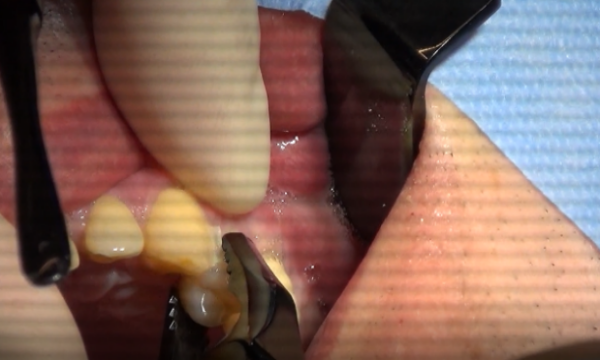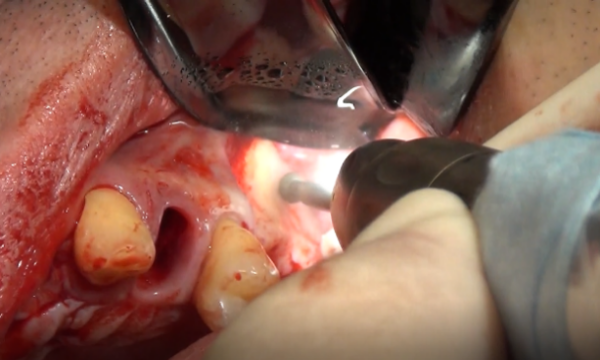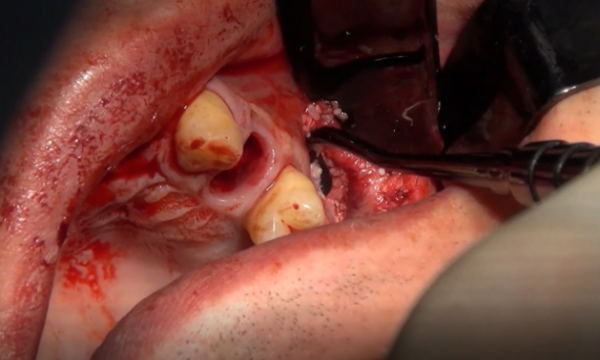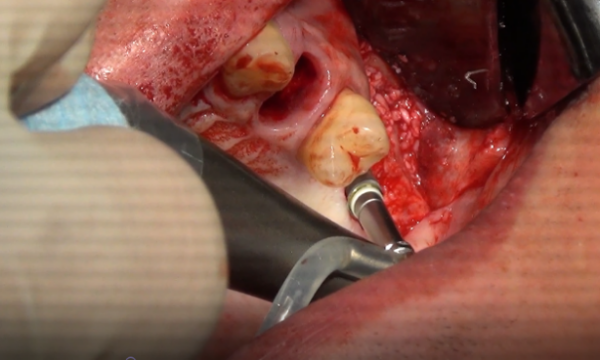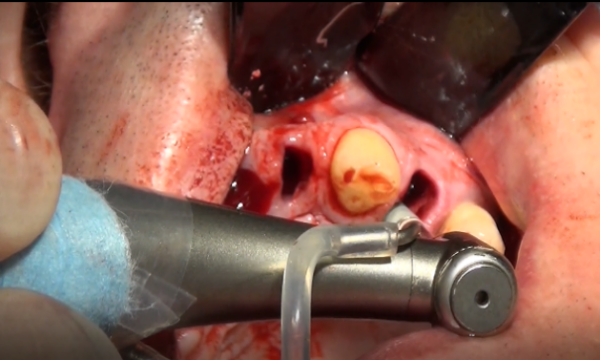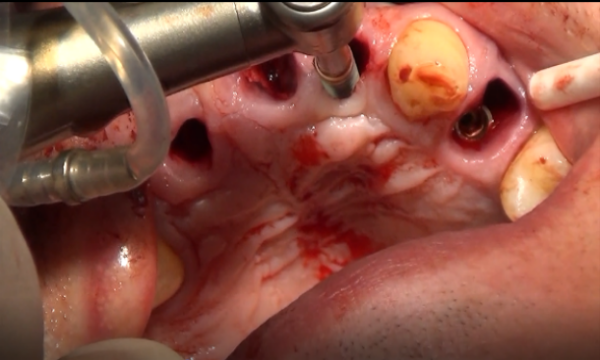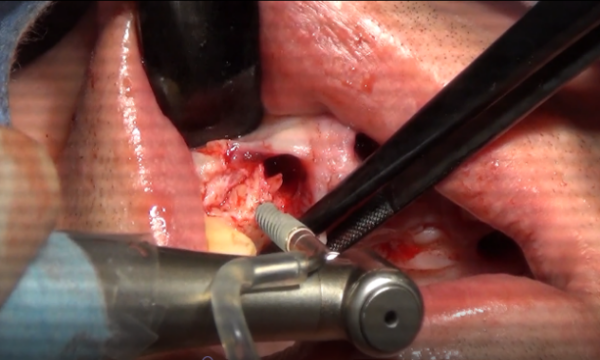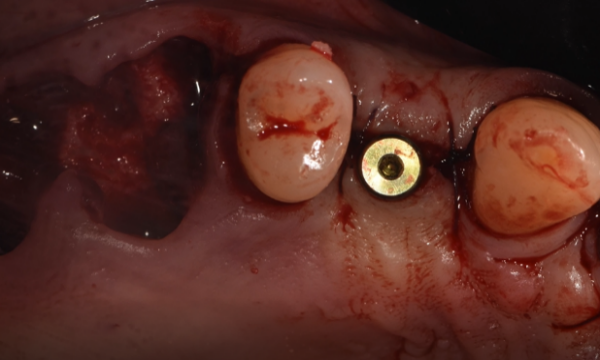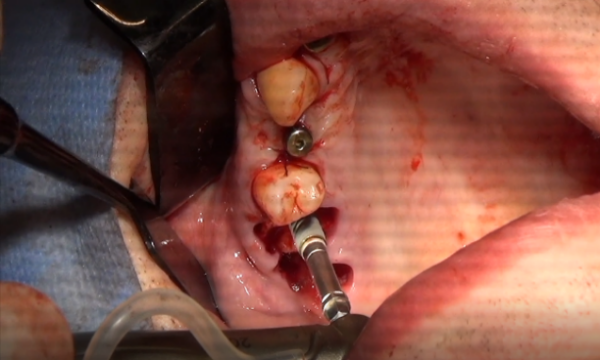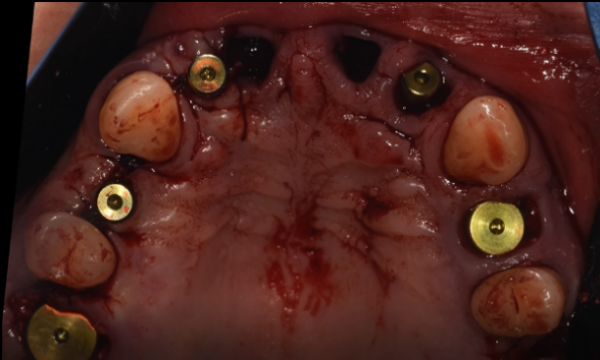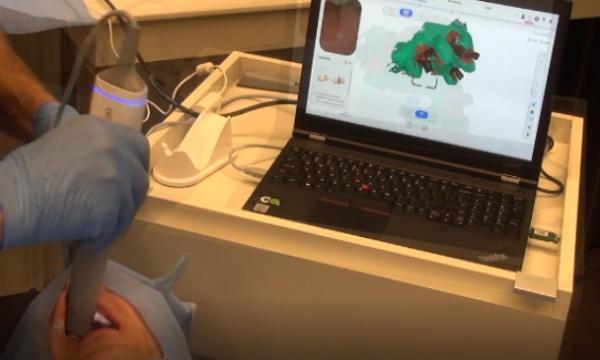This case study explores the use of an intraoral 3D scanner for digital implantology.
Introduction
Digital dentistry, and more specifically digital impression-taking, is becoming increasingly popular. It offers a faster, easier process with more accurate results, as well as a more enjoyable patient experience. Digital impressions drastically reduce intraoral discomfort and help the patient better understand their treatment plan.
In this case, we will be demonstrating the use of the Aoralscan 3 intraoral 3D scanner for digital implantology.
Patient information
There are several big gaps among the patient’s anterior teeth. Teeth #12, #14, #26, and #27 were missing. The patient also presented severe alveolar bone absorption. Consequently, the dentist planned to extract the maxillary teeth and immediately place implants for implant-supported restoration.
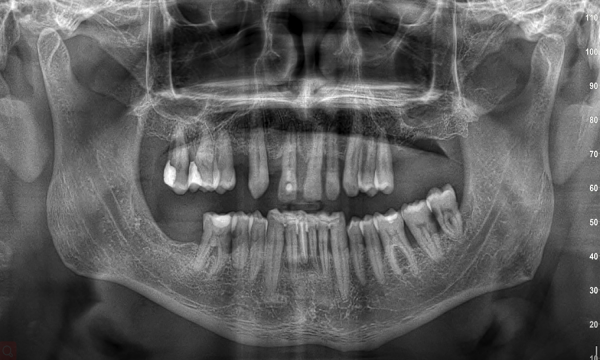
Surgery
The dentist first extracted teeth #11, #16, #17, #21, #22, and #24, then immediately placed the implants.
For tooth #26, the dentist needed to perform maxillary sinus elevation surgery before placing the implant.
The dentist respectively placed implants on teeth positions #24, #22, #12, #14, and #16.
After the implant surgery, the dentist took a CT scan to verify that all these implants had been accurately and safely placed in the right positions.

3D scanning process
After this verification, we can immediately scan SHINING 3D’s intraoral 3D scanner to get the digital impression for subsequent temporary restoration and model creation.
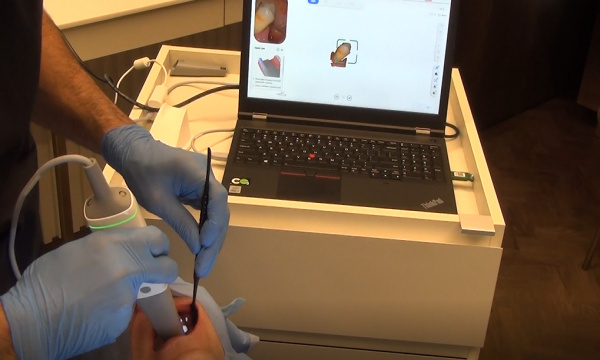
The first step is to scan the upper arch without the scan body.
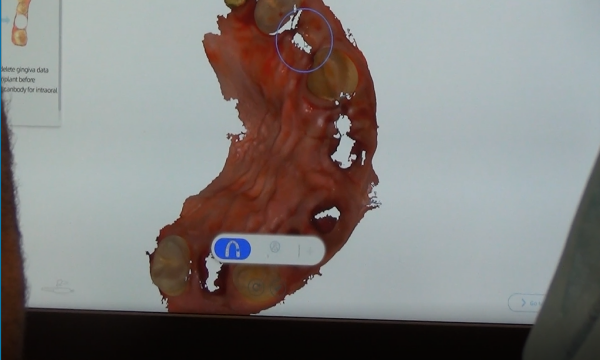
Second, we can insert the scan body and scan the upper arch again with the scan body.
Third, we scan the lower arch as the antagonist.
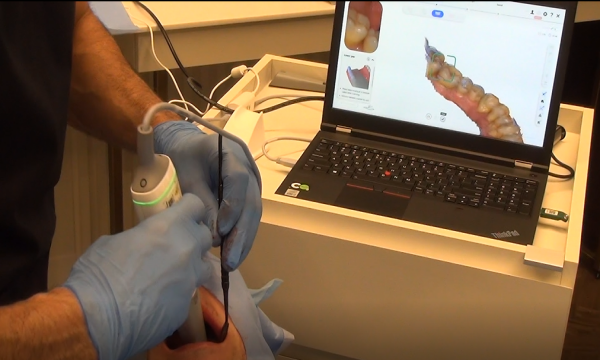
Last but not least, we scan the bite to complete the dental impression.
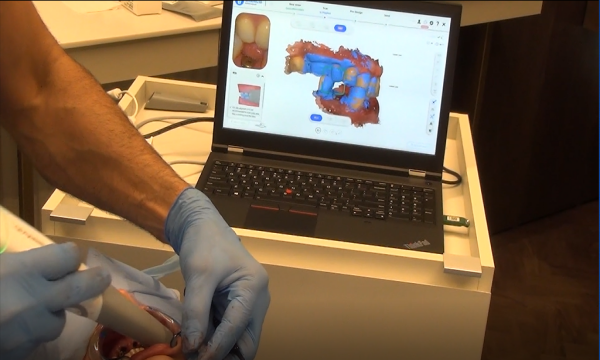
Design and 3D printing
Design temporary restoration & models base on the digital impression, then print the models with AccuFab-D1s. Finally, we can try the restoration on the printed model.

Using a 3D scanner for digital implantology
This case study shows that using an intraoral 3D scanner for digital implantology can offer more efficiency and comfort than traditional impression-taking. Are you looking to equip your clinic or lab with digital dentistry solutions? Contact our team today to find out how our solutions can help you.
 ENG
ENG










